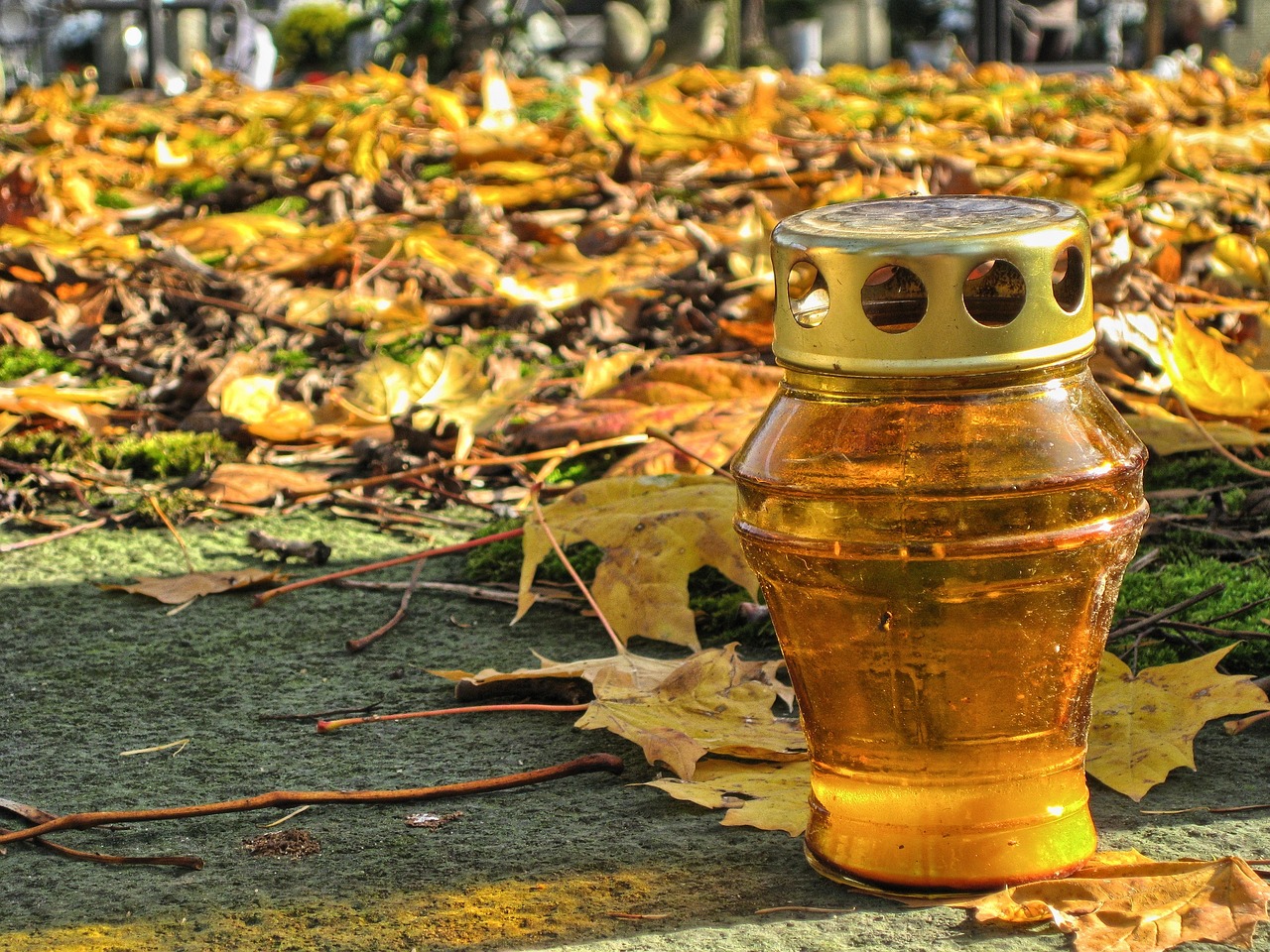On November 1, we celebrate All Saints’ Day. One day after that, that is, on November 2, is All Souls’ Day. But what is celebrated on these two days anyway? And how did these holidays come about?
All Saints’ Day is on November 1. The holiday is also called the Feast of the Communion of Saints. All Saints’ Day has its roots in the Christian Orient. Over the centuries, the Catholic Church has canonized many people. The reason for this was that they should serve as a guide for us. However, as there have been more and more saints, it has not been possible to dedicate a separate day of remembrance to each of them.
November 1 is the Celto-Gallic beginning of the year
The solution was a typical holiday. At first, however, this was not celebrated everywhere on the same day. Depending on the church, All Saints’ Day was either the Friday after Easter, the Sunday after Pentecost, or May 13. It was only through Irish influences that a typical day was found. November 1 is the beginning of the year in the Celto-Gallic calendar. The evening before was called “All Hallows’ Eve”. This is the origin of today’s Halloween. In the meantime, however, on November 1, we no longer celebrate the saints in the original sense but commemorate all those who have died.
Graves are decorated with candles and flower arrangements.
One of the most important rituals is a visit to the cemetery. Usually, in the early afternoon, commemorations of the dead and blessings of graves take place there. During these ceremonies, relatives gather and decorate the graves of the deceased with candles, floral arrangements and wreaths. Plants are covered with fir branches. The green branches represent hope and eternal life. In some areas, wreaths are placed in lakes or the Danube River to commemorate the drowned.
November 1 is also “Godntag”.
In some parts of Upper Austria and Styria, November 1 is also “Godntag.” The Godn, i.e. the godmother or godfather, presents their godchildren with small gifts such as Striezeln on this day. Gifts for the Godn are also common in some regions.
Striezel as a typical mourning pastry
Typical for November 1 is also the All Saints plait or the All Saints Striezel. In ancient Egypt, women tied their hair into a braid and cut it off when someone in the family died. In addition, braiding is said to protect against demonic influences in many people. The braided Striezel is, therefore, a typical mourning pastry. Here, you can find a recipe for a quick Striezel alternative.
All Souls’ Day is considered a half-holiday.
Since the year 998, November 2 has a fixed place in the church year. At that time, the holiday was ordered by Abbot Odilo of Cluny in all monasteries that were subject to him. The center of this day is the memory of the dead. Even though November 2 is not a solemnity, the day is higher than Sunday. Colloquially, it is a “half-holiday” because offices and schools are closed, for example.
Eternal lights to remember the deceased
Here, too, the focus is on remembering people who have died. However, All Souls’ Day is also about thoughts on one’s death. In addition, small grave lights are lit on this day to remind us of the “eternal lights” of the deceased.
- hp/source: Image by czu_czu_PL from Pixabay
This post has already been read 3967 times!



